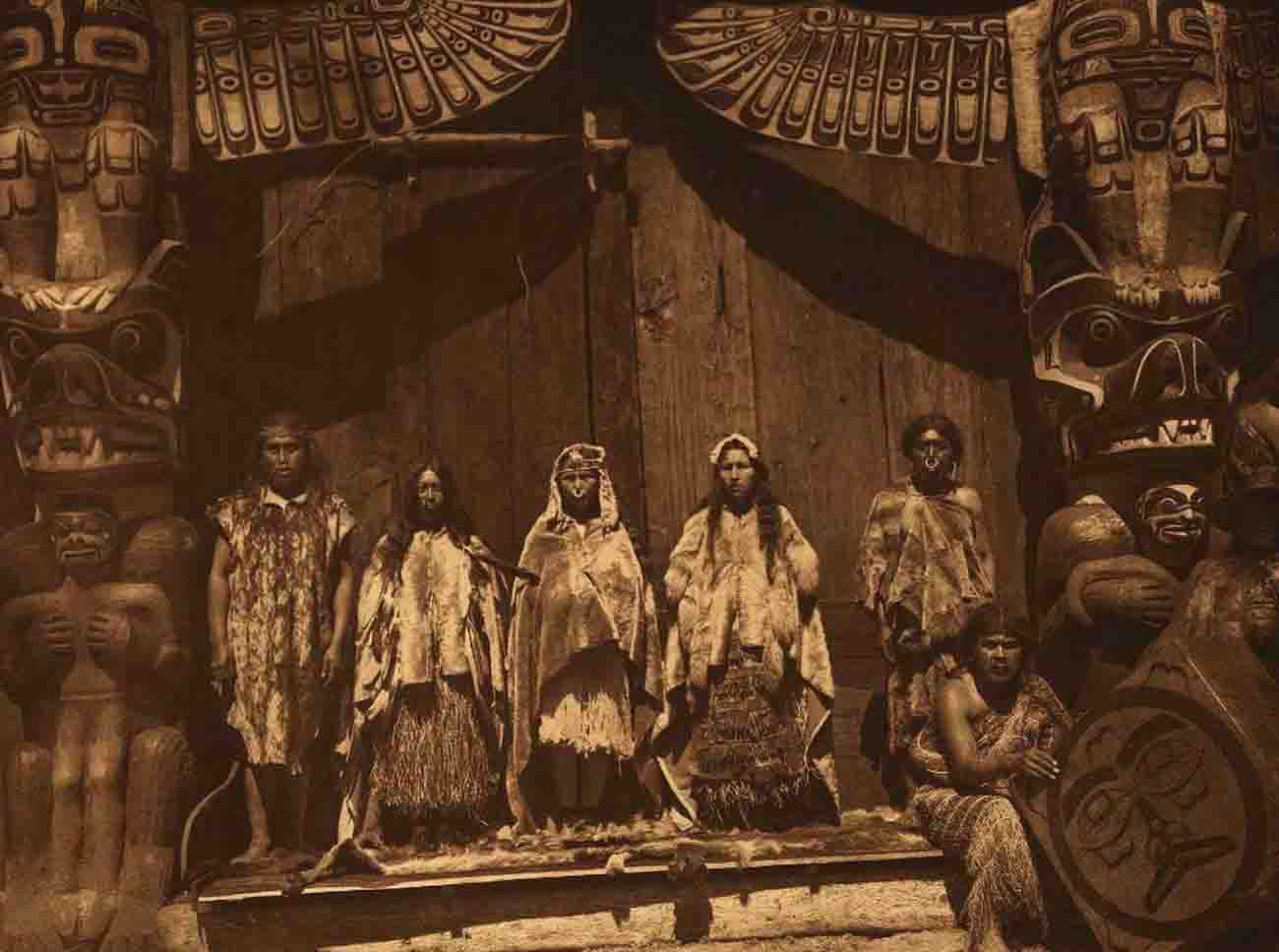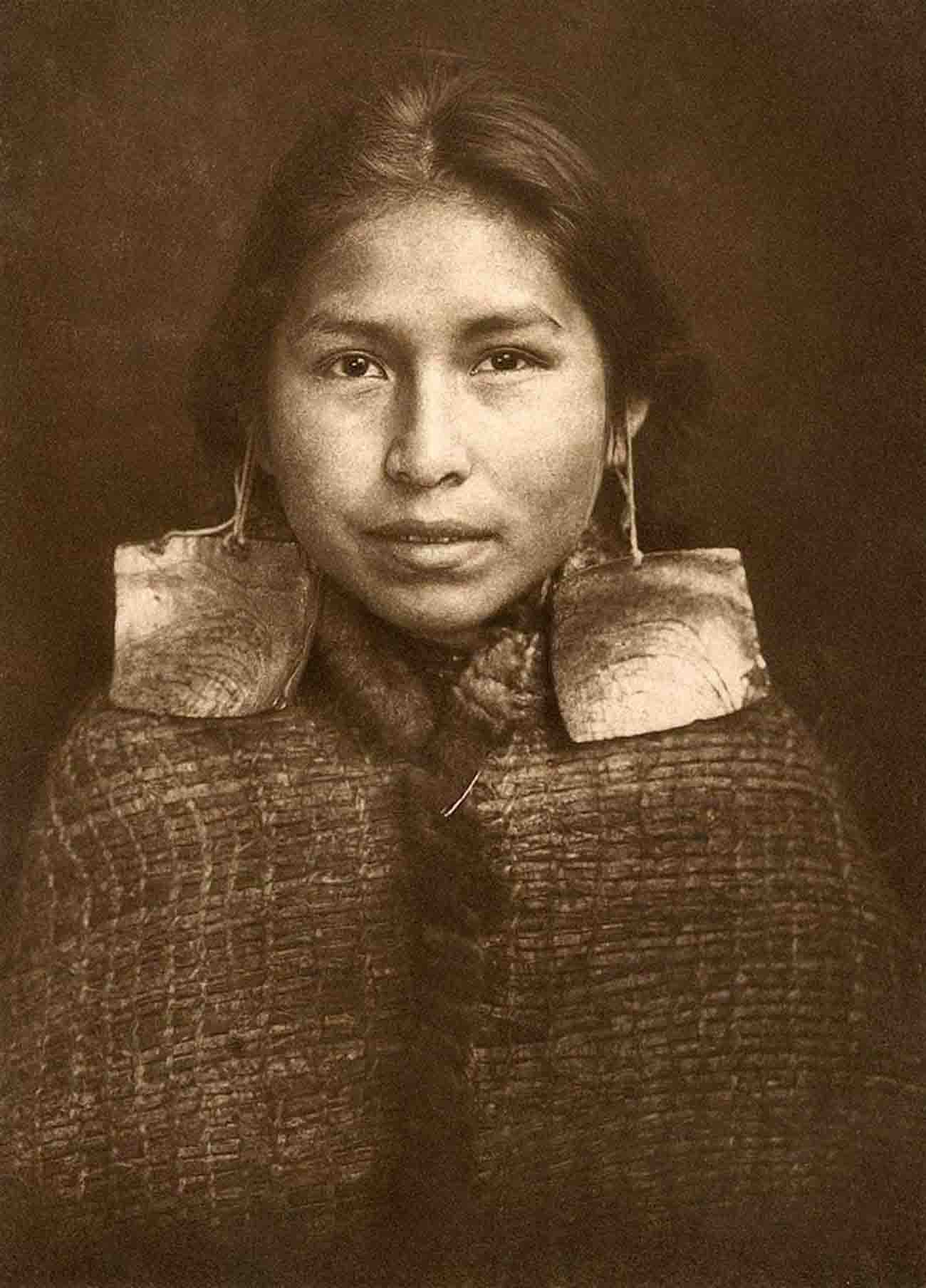
Echoes of the Whalesong: Navigating the Spirit of Kwakwaka’wakw Ceremonial Routes from Alert Bay
Forget Google Maps and satellite navigation. For millennia, the Kwakwaka’wakw people of the Pacific Northwest have navigated their vast territories, not with lines on a paper, but with an intricate, living tapestry of knowledge woven into the very fabric of their land, sea, and spirit. These are their traditional maps – the ceremonial routes that connect sacred sites, resource-rich areas, and community gathering places, deeply embedded in oral tradition, song, dance, and memory. This journey isn’t just about physical traversal; it’s an immersion into a profound cultural landscape. While traversing every ancestral route is a lifelong endeavor reserved for the Kwakwaka’wakw themselves, experiencing the spirit of these maps is profoundly possible, with Alert Bay (Yalis) serving as an unparalleled gateway.
The Kwakwaka’wakw and Their Living Territories
The Kwakwaka’wakw, often referred to as Kwakiutl, are an Indigenous people whose traditional territories stretch across the northern part of Vancouver Island and the adjacent mainland of British Columbia, Canada. Their world is defined by the intricate network of islands, fjords, and coastal waters – a realm where the forest meets the ocean in a breathtaking, often dramatic, embrace. For thousands of years, they have thrived here, developing a rich and complex culture celebrated for its vibrant art, intricate social structures, and powerful ceremonial traditions, most notably the potlatch.

Their connection to the land and sea is not merely utilitarian; it is spiritual and ancestral. Every inlet, every island, every mountain peak holds stories, names, and historical significance. It is within this deep-seated relationship that the concept of their "traditional maps" truly comes alive. These aren’t static documents; they are dynamic, remembered pathways of ceremony, resource gathering, inter-village diplomacy, and spiritual renewal.
Unpacking Traditional Maps: More Than Just Directions
To understand a Kwakwaka’wakw ceremonial route is to understand a worldview. These "maps" are not drawn; they are performed, sung, recounted, and embodied. They delineate not just physical locations but also the ancestral lineage of those places, the spirits that reside there, the resources to be found, and the specific ceremonies performed at each point. A journey along such a route might involve stopping at a particular beach to gather cedar bark for weaving, then moving to a specific bay for fishing, and finally to a designated ceremonial ground for a potlatch. Each stop is marked by oral histories, place names that tell a story, and often, by the very presence of monumental cedar carvings or rock art.
The potlatch, a cornerstone of Kwakwaka’wakw society, is inextricably linked to these routes. A potlatch host would often embark on extensive journeys, visiting allied villages, inviting guests, and transporting vast quantities of goods. These journeys themselves followed established ceremonial pathways, reinforcing social bonds, demonstrating wealth and power, and maintaining cultural connections across vast distances. The memory of these routes, and the knowledge required to navigate them, was passed down through generations, ensuring the continuity of culture and community.

Alert Bay (Yalis): The Heartbeat of Kwakwaka’wakw Culture
To truly grasp the essence of these traditional maps, one must visit Alert Bay (Yalis), located on Cormorant Island off the northeast coast of Vancouver Island. Alert Bay is not just a village; it is a living cultural repository, a place where the past and present of the Kwakwaka’wakw people converge. It serves as an ideal base for understanding the spirit of the ceremonial routes because it houses critical institutions and provides direct interaction with the living culture.
The U’mista Cultural Centre: This institution is, without exaggeration, the single most important place to begin your exploration. U’mista is not merely a museum; it is a powerful statement of cultural reclamation and resilience. Its name, "U’mista," refers to the return of something important, specifically the sacred ceremonial masks and regalia that were confiscated by the Canadian government during the infamous 1921 potlatch raid and subsequently dispersed to museums worldwide.
Stepping into U’mista is to step into the heart of Kwakwaka’wakw cosmology. The exhibits are not static displays but vibrant narratives. Here, you’ll find breathtaking masks, intricate carvings, and ceremonial objects, many of which have been repatriated and are once again in the care of their rightful owners. These objects are not just art; they are imbued with spirit and history. Many of the masks and regalia were used in specific ceremonies that took place along the traditional routes – masks representing sea creatures might be used in ceremonies held near the ocean, while those representing forest spirits would be brought out in more inland locations. The Centre’s displays contextualize these artifacts within the ceremonial cycle, giving visitors a profound understanding of their function and significance, and indirectly, the journeys they undertook.

The U’mista Cultural Centre also houses an extensive archive of oral histories, photographs, and linguistic resources. Knowledge keepers share stories of ancestral journeys, of specific landmarks, of the songs and dances that accompanied these travels. This is where the abstract concept of "traditional maps" transforms into tangible, living narratives. You can see how specific masks were used in ceremonies at places like Dzawadi (Kingcome Inlet) or Mamalilaculla, offering a glimpse into the potlatch routes that once connected these communities. The Centre’s gift shop also offers authentic, ethically sourced Indigenous art, providing direct support to Kwakwaka’wakw artists.
The Big House (Gwa’wina): Adjacent to U’mista stands the magnificent Gwa’wina (Big House), a modern structure built in the traditional style, serving as a vibrant hub for contemporary Kwakwaka’wakw ceremonies, potlatches, and gatherings. While access to active ceremonies is by invitation and requires immense respect for cultural protocols, the mere presence of the Big House underscores the living, breathing nature of Kwakwaka’wakw culture. It is a place where the songs are sung, the dances are performed, and the ancient stories are retold, continuing the traditions that once animated the ceremonial routes. If you are fortunate enough to witness a performance by the T’sasała Cultural Group here, you will experience the power of the Kwakwaka’wakw artistic tradition firsthand. Their dances and songs often depict stories of the sea, the forest, and ancestral beings, directly referencing the very landscapes and spiritual points along those ancient routes.
The Village of Alert Bay: Beyond the cultural centre, Alert Bay itself is steeped in Kwakwaka’wakw history. Stroll along the waterfront, and you’ll encounter a stunning collection of totem poles, some of the tallest in the world, standing guard against the backdrop of the Broughton Archipelago. Each pole tells a story – a family history, a significant event, a connection to the land and its spirits. These poles, like the traditional maps, are mnemonic devices, visual representations of history and identity that root the Kwakwaka’wakw firmly in their ancestral lands. The rhythm of the village, with its fishing boats, community events, and friendly locals, offers a palpable sense of community that has endured for millennia.
Beyond Alert Bay: Tracing the Spirit of the Routes
While Alert Bay offers an unparalleled educational foundation, the true essence of the Kwakwaka’wakw ceremonial routes lies in the wild, untamed beauty of their traditional territories. Physically traversing these routes requires specialized knowledge, respectful guidance, and often, significant logistical planning, as many of the original sites are remote and protected. However, several reputable Indigenous-led tour operators offer experiences that allow visitors to respectfully explore portions of these territories, offering a tangible connection to the spirit of the ancestral journeys.
Boat Tours and Expeditions: Guided boat tours from Alert Bay or nearby Port McNeill can take you into the Broughton Archipelago, the network of islands and inlets that form a significant part of Kwakwaka’wakw territory. Here, you can witness the breathtaking scenery that has shaped their culture: ancient cedar forests, mist-shrouded fjords, and abundant marine life including whales, dolphins, and sea lions. While not explicitly following ceremonial "maps," these journeys allow you to experience the vastness and majesty of the landscape that inspired them. Knowledgeable guides often share stories of the land, identifying significant landmarks, traditional resource sites, and the names of places in Kwakwaka’wakw language, bringing the "map" to life.

Dzawadi (Kingcome Inlet): For a more profound understanding, some expeditions may visit locations like Dzawadi (Kingcome Inlet), a historically significant Kwakwaka’wakw village site nestled deep within a magnificent fjord. This remote location was a vital ceremonial and resource-gathering hub, a key destination on many potlatch routes. While access is limited and requires permission and respect for the community, experiencing the sheer scale and isolation of Dzawadi gives a visceral understanding of the journeys undertaken by ancestors. The towering mountains, the silence broken only by the cries of eagles, and the powerful river flowing into the inlet evoke a profound sense of ancient connection.
Mamalilaculla: Located on Village Island, Mamalilaculla is another historically important Kwakwaka’wakw village, though now largely uninhabited. It was once a vibrant community and a central point for ceremonies. Visiting such a site, with its remnants of longhouses and the palpable sense of history, offers a humbling glimpse into the past. Again, respectful access and guidance are paramount.
These experiences are not about ticking off landmarks on a map. They are about listening to the land, feeling the presence of ancestors, and gaining a deeper appreciation for the Kwakwaka’wakw people’s enduring connection to their territory.
The Immersive Experience: What to Expect
A journey to understand Kwakwaka’wakw traditional maps is an immersive, multi-sensory experience. Expect to be moved by the raw beauty of the coastal landscape – the scent of salt and cedar, the cry of an eagle echoing across an inlet, the rhythmic pulse of the ocean against ancient shores. Expect to be humbled by the resilience and richness of Kwakwaka’wakw culture, a culture that has survived immense challenges and continues to thrive.
The emotional impact is significant. You will gain a profound appreciation for Indigenous knowledge systems, for ways of knowing and navigating the world that predate colonial imposition. It’s an opportunity to move beyond superficial tourism and engage in meaningful cultural exchange, fostering respect and understanding.
Practicalities and Responsible Travel
Getting There: Alert Bay is accessible by BC Ferries from Port McNeill on Vancouver Island. Port McNeill is a three-hour drive north of Campbell River or a five-hour drive from Nanaimo. Float plane services are also available to Alert Bay.
When to Go: The summer months (June to September) offer the best weather for exploring and a higher likelihood of cultural events. However, spring and fall can offer a quieter, more contemplative experience with dramatic weather.
Accommodation and Food: Alert Bay offers a few charming guesthouses and B&Bs. Dining options are limited but provide local flavour.
Responsible Tourism: This is paramount.
- Seek Indigenous-Led Experiences: Prioritize tours and cultural programs run by Kwakwaka’wakw individuals and businesses. They offer authentic insights and ensure your tourism dollars directly benefit the community.
- Respect Cultural Protocols: Always ask for permission before taking photographs of people or ceremonial objects. Be mindful of sacred spaces and observe local customs.
- Educate Yourself: Read about Kwakwaka’wakw history and culture before your visit. The U’mista Cultural Centre is an excellent starting point for this.
- Leave No Trace: Practice ethical outdoor etiquette, minimizing your environmental impact.
- Support Local: Purchase art, food, and services from local Kwakwaka’wakw businesses.
Conclusion: A Journey of Awakening
Exploring the Kwakwaka’wakw traditional maps of ceremonial routes from Alert Bay is more than just a trip; it’s an awakening. It’s an invitation to step outside conventional notions of geography and to embrace a deeper, more holistic understanding of humanity’s relationship with the land. It reveals a sophisticated system of knowledge that has sustained a vibrant culture for millennia, a system where every tree, every wave, every mountain holds a story, a teaching, and a place within a grand, living map.
By engaging respectfully with the Kwakwaka’wakw people and their cultural institutions, particularly the U’mista Cultural Centre, you gain not just knowledge, but a profound sense of connection – to history, to art, to nature, and to the enduring spirit of a people whose maps are etched not on paper, but in the heart and soul of their ancestral territories. This is a journey that will stay with you long after you’ve left the shores of Alert Bay, an echo of the whalesong guiding you towards a deeper understanding of the world.
